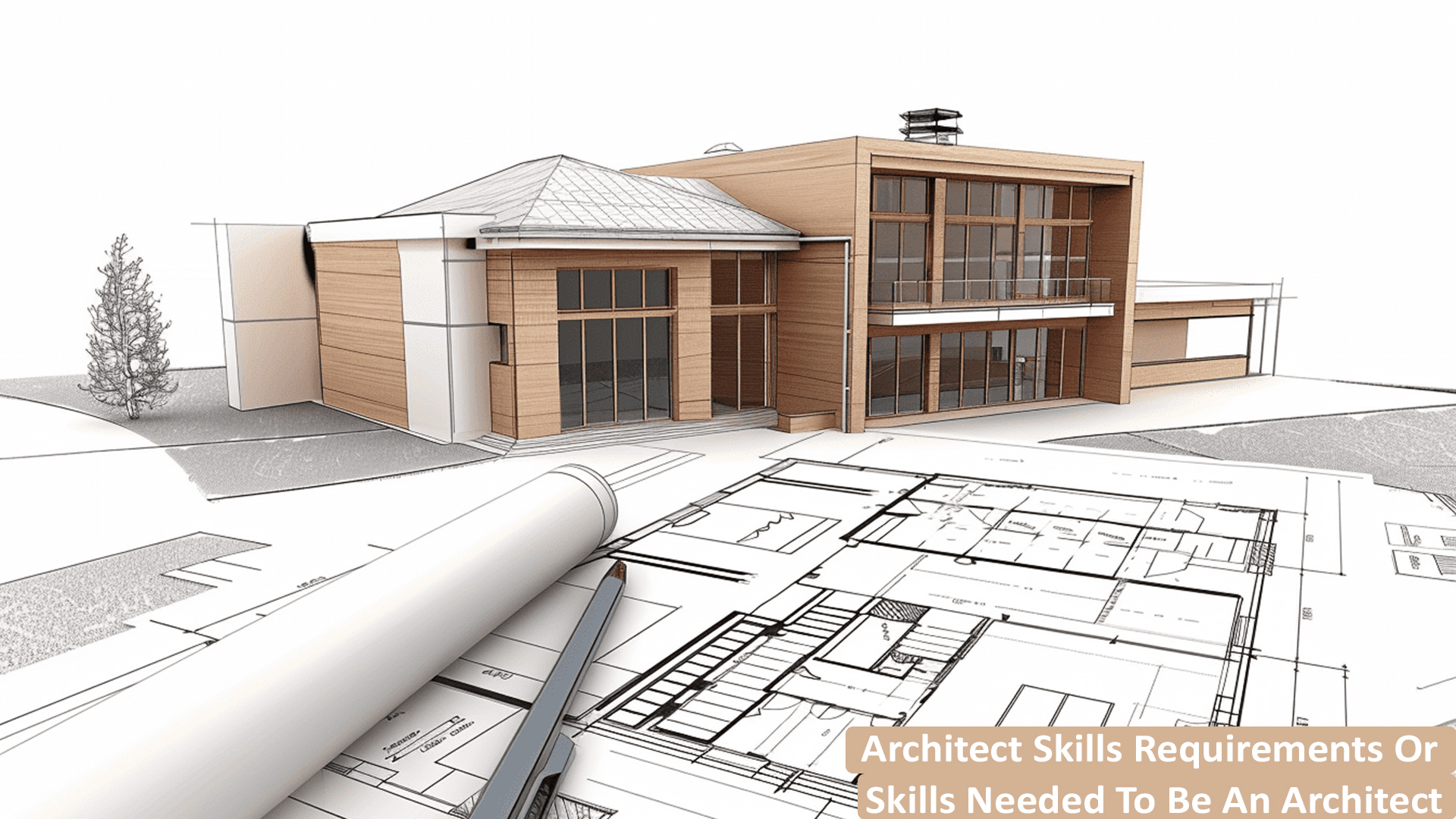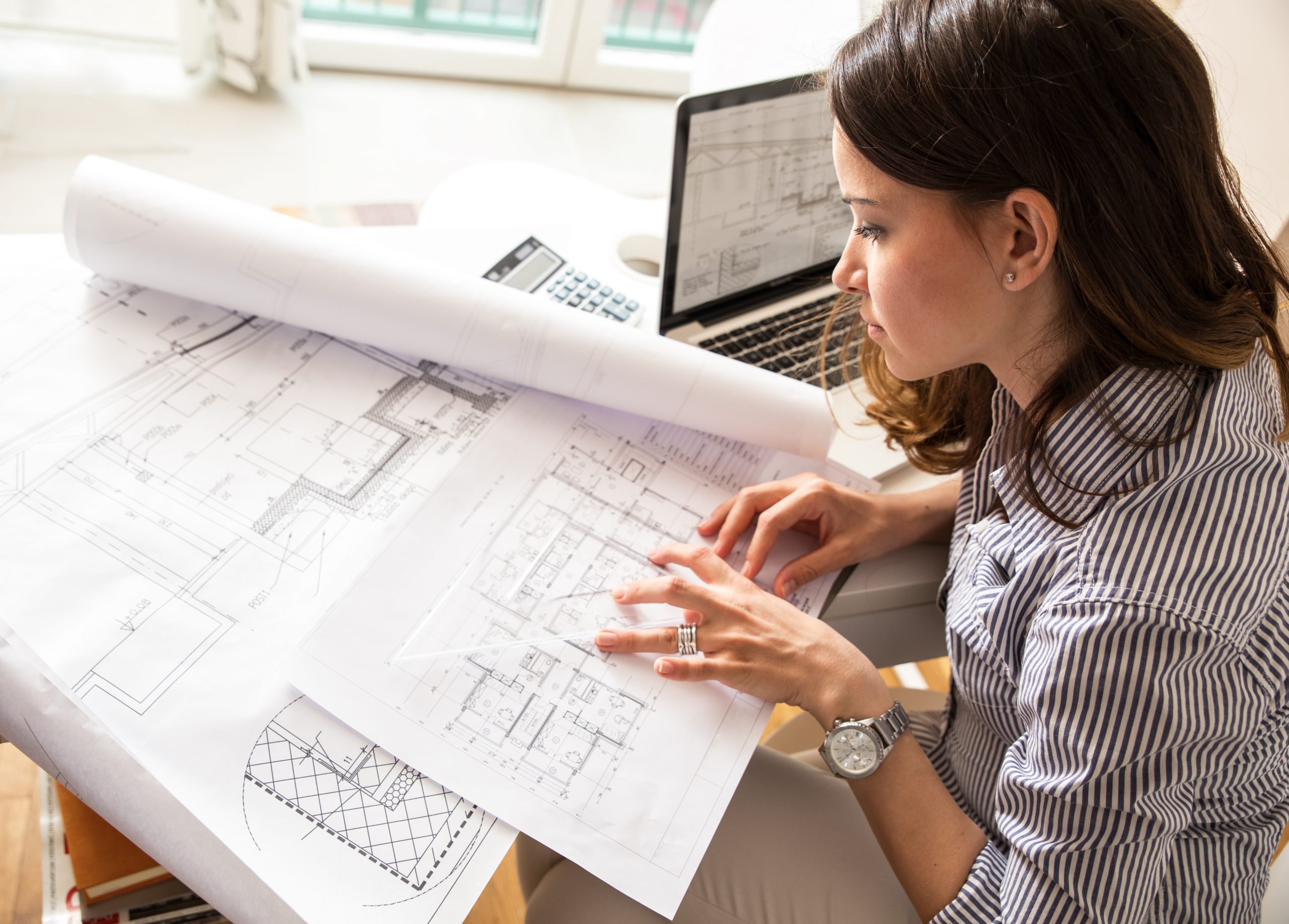Comprehending the Diverse Occupation Paths Available for Aspiring Architect
As a hopeful Architect, you have a globe of career paths waiting for you. Whether you're drawn to typical architecture or the nuances of lasting layout, there's a niche that lines up with your interests.
Conventional Style: Creating Frameworks and buildings
Conventional style concentrates on creating buildings and frameworks that blend functionality with visual charm. As you discover this field, you'll value the complex equilibrium between form and function. You'll learn to draw motivation from historical designs, including aspects like symmetry, products, and workmanship. Your styles can show social heritage, showcasing neighborhood practices while fulfilling modern-day needs.
You'll create skills in preparing, model-making, and website evaluation, permitting you to imagine and interact your concepts effectively. Engaging with customers, you'll require to understand their vision and equate it right into practical layouts.
Furthermore, developing codes and sustainability methods are important in your job, guaranteeing your frameworks are environmentally friendly and risk-free. As you expand in your career, you'll discover possibilities in domestic, industrial, or perhaps reconstruction projects, each offering distinct difficulties. Accepting typical style leads the means for a meeting career that pays homage to the past while shaping the future.
Urban Planning: Shaping Communities and Public Spaces
As an aspiring Architect, you can play a crucial role as a metropolitan organizer, changing just how areas work and engage. By employing area involvement methods, you'll ensure that locals have a voice in shaping their environment. And also, integrating sustainable layout concepts will help develop areas that not only meet today's demands however also shield the future.
Function of Urban Planners
While numerous might consider designers as the sole enthusiasts behind structures, metropolitan planners play a vital function fit the broader landscape of areas and public areas. They evaluate land use, zoning regulations, and area requires to develop lasting atmospheres that enhance lifestyle. By teaming up with different stakeholders, you'll help make parks, transport systems, and domestic areas that promote social interaction and availability. Urban organizers additionally concentrate on environmental considerations, making sure that growths incorporate green spaces and assistance biodiversity. Your proficiency in spatial layout and community characteristics enables you to imagine future development while preserving cultural heritage. In this critical role, you'll directly influence just how people experience their surroundings, making every job a possibility for positive change.
Neighborhood Interaction Approaches
Effective area engagement methods are important for urban organizers to ensure that the voices of citizens are listened to and valued in the preparation procedure. To foster purposeful dialogue, you should focus on open discussion forums and workshops where area members can share their ideas and worries. By proactively including and paying attention feedback, you'll create areas that show the area's demands, ultimately leading to more lasting and effective urban atmospheres.
Lasting Style Concepts
When designing city rooms, integrating sustainable design principles is important for producing environments that thrive both ecologically and socially. Consider incorporating eco-friendly areas, like yards and parks, to boost biodiversity and improve air top quality.
Creating with water preservation in mind is additionally essential-- consider rain gardens and absorptive surfaces to manage stormwater. Including community participants during the preparation process warranties that the spaces you produce meet their demands and motivate social communication. By embracing these concepts, you'll contribute to vivid, sustainable city landscapes that benefit everybody.

Landscape Architecture: Producing Lasting Outdoor Atmospheres
As you check out landscape style, you'll discover necessary layout principles that produce attractive and functional outside rooms. Sustainable methods play a crucial duty in guaranteeing these settings thrive while lessening ecological impact. Plus, you'll locate a selection of career chances that permit you to make an actual distinction in how people communicate with nature.
Style Principles in Landscape
Comprehending layout principles in landscape architecture is vital for developing lasting exterior atmospheres that integrate with nature. You'll require to contemplate components like balance, range, and proportion to guarantee your styles really feel cohesive and inviting. Furthermore, pay focus to seasonal modifications, developing with products that match the surroundings year-round.
Sustainable Practices Review
Sustainable practices in landscape design not only concentrate on appearances yet also prioritize eco-friendly wellness and source conservation. By integrating native plants, you improve biodiversity and lower the demand for chemical plant foods and pesticides. Applying reliable irrigation systems helps conserve water and minimizes runoff, safeguarding close-by communities. You can design rooms that advertise soil health and wellness, such as utilizing organic materials and exercising permaculture principles. In addition, integrating green framework, like rainfall gardens and permeable sidewalks, help in stormwater monitoring and minimizes urban warmth. You contribute to a healthier earth and offer spaces that cultivate community connection when you develop outside environments with sustainability in mind. Ultimately, these methods guarantee your layouts profit both people and the setting for several years to find.
Career Opportunities Expedition
With a strong foundation in sustainable methods, landscape design offers a selection of occupation courses that enable you to make a purposeful effect on the atmosphere. Urban organizers frequently collaborate with landscape engineers to develop environment-friendly spaces in metropolitan setups, enhancing city livability. If you're enthusiastic concerning education and learning, think about coming to be a landscape design educator, motivating future generations.
Lasting Design: Concentrating On Eco-Friendly Practices
As you explore your job in style, embracing environment-friendly techniques can set you apart in an affordable area. Lasting style focuses on producing structures that reduce environmental influence while enhancing owner wellness. By incorporating renewable materials, energy-efficient systems, and sustainable structure methods, you'll add to a greener future.
Begin by getting knowledge of green qualifications like LEED or BREEAM, which can reinforce your qualifications. Consider exactly how natural light, air flow, and thermal performance can enhance layout. Collaborate with designers and ecological specialists to introduce solutions that minimize waste and conserve resources.
Don't neglect the importance of neighborhood participation-- engaging regional stakeholders can motivate designs that balance with the setting. As clients progressively focus on sustainability, your proficiency in green practices will not just bring in projects however additionally satisfy your enthusiasm for liable architecture. Embrace this vital aspect of the profession, and enjoy your job thrive.
Historic Conservation: Protecting and Bring Back Social Heritage
While you commence on your building trip, consider the essential duty of historical preservation in preserving our social heritage. This field concentrates on the defense and repair of substantial structures, websites, learn this here now and structures that tell the tales of our past. By taking part in historical conservation, you'll aid guard the building heritage that shapes neighborhood identity.
As a historical preservation Architect, you'll examine historical relevance and evaluate the problem of structures. You'll function closely with chroniclers and guardians to guarantee genuine remediation strategies are employed. This job path enables you to mix creativity with study, enabling you to create services that appreciate initial materials and workmanship.
Your work not just adds to sustainability by reusing existing structures but additionally fosters a feeling of satisfaction within neighborhoods. Welcoming this path will assist you become a guardian of history, maintaining the stories and aesthetic appeals that improve our lives.
Interior Style: Enhancing Indoor Spaces
Historic preservation and indoor style both share a commitment to boosting the built atmosphere, but they concentrate on different facets. While historic conservation emphasizes preserving a structure's social and historic worth, indoor style absolutely nos in on maximizing interior spaces for functionality and aesthetics.
As an aspiring Architect, you'll find that interior architecture enables you to blend creativity with technical skills. You'll develop areas that not just look good however additionally advertise convenience and efficiency. This area entails understanding how light, color, and materials connect within a space, affecting mood and functionality.
You'll work with different projects, from domestic homes to commercial workplaces, making certain that each setting satisfies the requirements of its passengers. By prioritizing individual experience, you can transform insides into practical and inspiring spaces, making a substantial impact on how people communicate with their environments. Embrace the chance to improve interior atmospheres and form the way individuals live and function.
Industrial Design: Merging Performance With Aesthetic Appeals
Industrial style plays an essential function in producing items that flawlessly mix looks with performance, guaranteeing that what you make use of daily is not just aesthetically attractive yet also sensible. As an aspiring Architect, you can engage on your own in this field, focusing on designing whatever from furnishings to consumer electronic devices. Your job includes recognizing individual demands, materials, and manufacturing processes, allowing you to develop innovative options that improve daily experiences.
In commercial design, you'll typically work together with online marketers, designers, and producers, making certain that your layouts are not just beautiful but also practical. You'll discover to balance type and function, prioritizing usability without sacrificing design. By developing your skills in sketching, 3D modeling, and prototyping, you'll be well-equipped to bring your ideas to life. This profession path offers a vibrant setting where imagination satisfies functionality, making it a gratifying choice for engineers curious about shaping the products of tomorrow.
Regularly Asked Questions
What Educational Certifications Do I Need to Come To Be an Architect?
To come to be an architect, you'll require a specialist level in architecture, read this commonly a Bachelor's or Master's. Furthermore, you'll need to complete a teaching fellowship and pass the Architect Enrollment Evaluation to practice lawfully.
Exist Qualification Requirements for Different Building Job Paths?
Yes, there're certification demands for different building courses. Architect. You'll require to pass exams, complete teaching fellowships, and sometimes go after specialized training, relying on your selected emphasis, like landscape style, urban style, or historical preservation
What Software Application Abilities Are Necessary for Architects Today?

How Can I Gain Practical Experience While Examining Style?
You can gain functional experience by interning at building firms, participating in layout competitors, offering for area projects, or teaming up with schoolmates on real-world assignments. These possibilities enhance your abilities and develop useful links in the industry.
What Task Opportunities Exist Outside Typical Design Firms?
You can explore numerous task opportunities outside traditional design companies, like metropolitan preparation, indoor layout, landscape style, building administration, realty advancement, and even roles in sustainability consulting. Each offers special obstacles and incentives.
Whether you're attracted to conventional style or the subtleties of sustainable design, there's a particular niche that aligns with your passions.When designing city spaces, integrating lasting layout principles is important for additional reading producing atmospheres that thrive both ecologically and socially.As you explore landscape design, you'll find necessary layout concepts that create beautiful and functional exterior rooms.Understanding design principles in landscape design is important for producing lasting exterior environments that integrate with nature.In industrial layout, you'll commonly work together with marketing experts, suppliers, and designers, ensuring that your styles are not just lovely but additionally feasible.